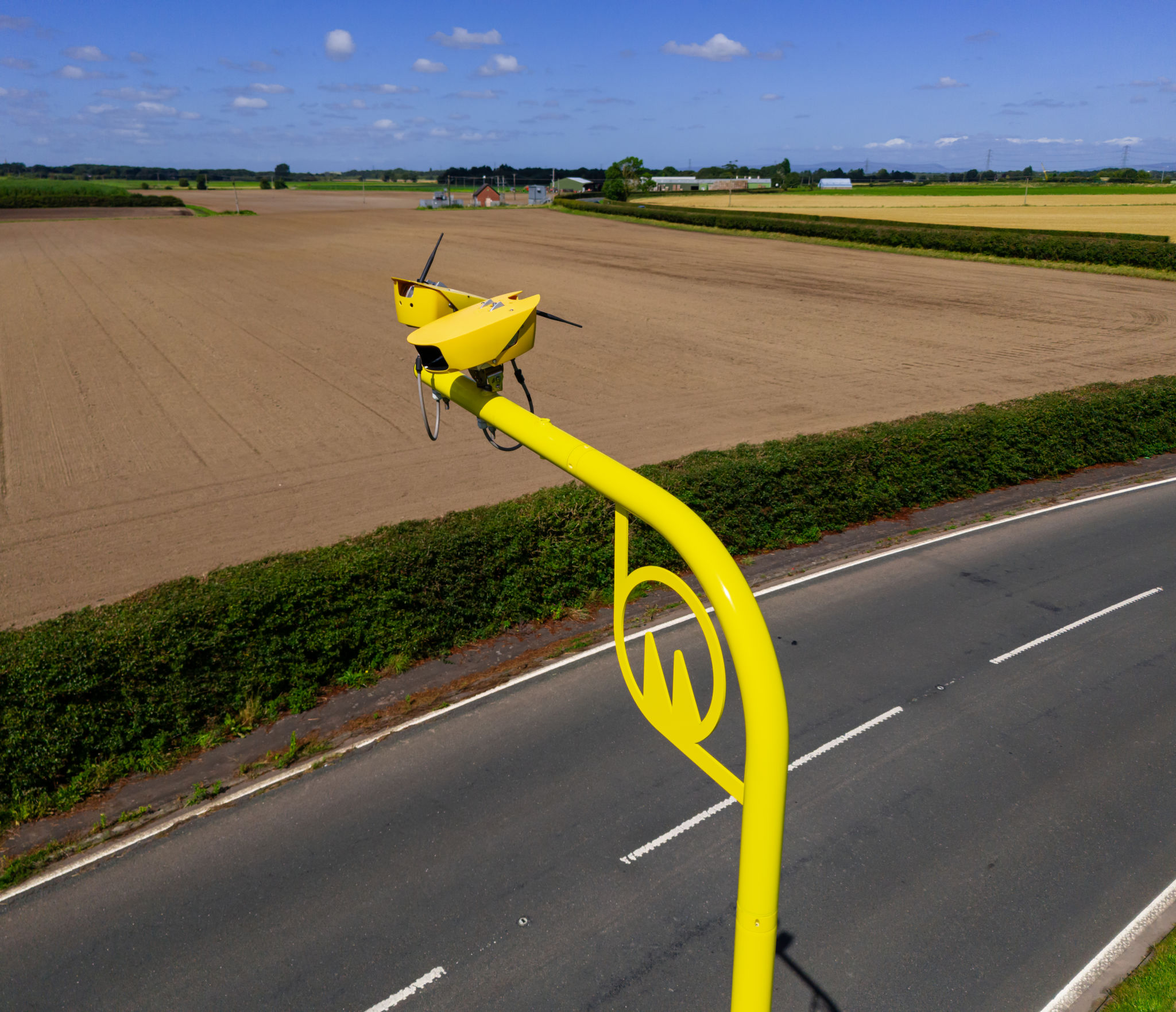Latest Trends in Law Enforcement Technology and Innovations
Introduction
The landscape of law enforcement is continuously evolving, with technology playing a pivotal role in shaping modern policing methods. As society advances, so do the tools and techniques available to law enforcement agencies. This blog post delves into the latest trends and innovations in law enforcement technology, highlighting their impact on public safety and crime prevention.

Body-Worn Cameras
Body-worn cameras have become a staple in many police departments worldwide. These devices are not only used to enhance transparency and accountability but also serve as valuable evidence in legal proceedings. The latest models offer features such as live streaming, facial recognition, and automatic activation based on specific events.
The implementation of body-worn cameras has led to a significant reduction in complaints against officers and an increase in the public's trust. As technology continues to improve, these cameras are expected to become even more efficient and effective.
Drones in Policing
Drones have emerged as a versatile tool in law enforcement, assisting with everything from traffic management to search and rescue operations. Equipped with high-resolution cameras and thermal imaging, drones provide a bird's-eye view that is invaluable in critical situations.
Law enforcement agencies are increasingly using drones for surveillance, crowd monitoring, and accident reconstruction. The ability to access hard-to-reach areas quickly makes them an indispensable asset in emergency situations.

Artificial Intelligence and Predictive Policing
Artificial Intelligence (AI) is transforming the way law enforcement agencies analyze data and predict criminal activity. Predictive policing uses algorithms to identify potential crime hotspots, allowing for more strategic deployment of resources.
AI-driven analytics can process vast amounts of data to identify patterns and trends that might be missed by human analysts. This proactive approach helps in crime prevention and enhances the overall efficiency of law enforcement operations.
Mobile Technology and Apps
The integration of mobile technology in law enforcement has made communication and information sharing more seamless. Officers can now access databases, report incidents, and receive updates in real-time through dedicated apps on their mobile devices.

These apps often include features such as GPS tracking, digital ticketing, and instant messaging, streamlining operations and improving response times. The constant connectivity ensures that officers are well-informed and prepared to handle any situation.
Biometric Identification
Biometric identification systems, including fingerprint and facial recognition technology, have revolutionized the way law enforcement agencies confirm identities. These systems provide quick and accurate identification, reducing the time needed for routine checks and investigations.
With advancements in technology, biometric systems have become more reliable and less invasive, contributing to their widespread adoption in various aspects of policing.
Conclusion
The integration of innovative technology in law enforcement is not just about keeping up with trends; it's about enhancing the safety and security of communities. As these technologies continue to evolve, they offer promising solutions to some of the most pressing challenges faced by modern law enforcement agencies.
By embracing these advancements, law enforcement can improve their effectiveness, transparency, and community relations, paving the way for a safer future.